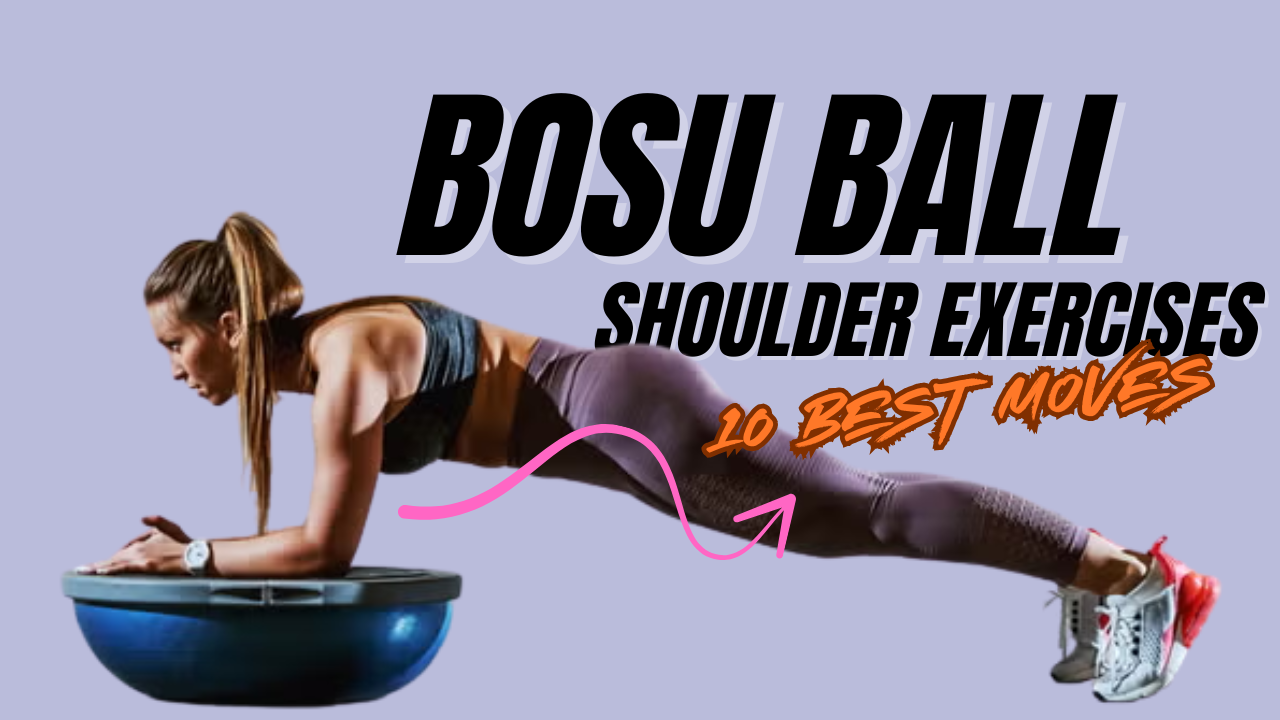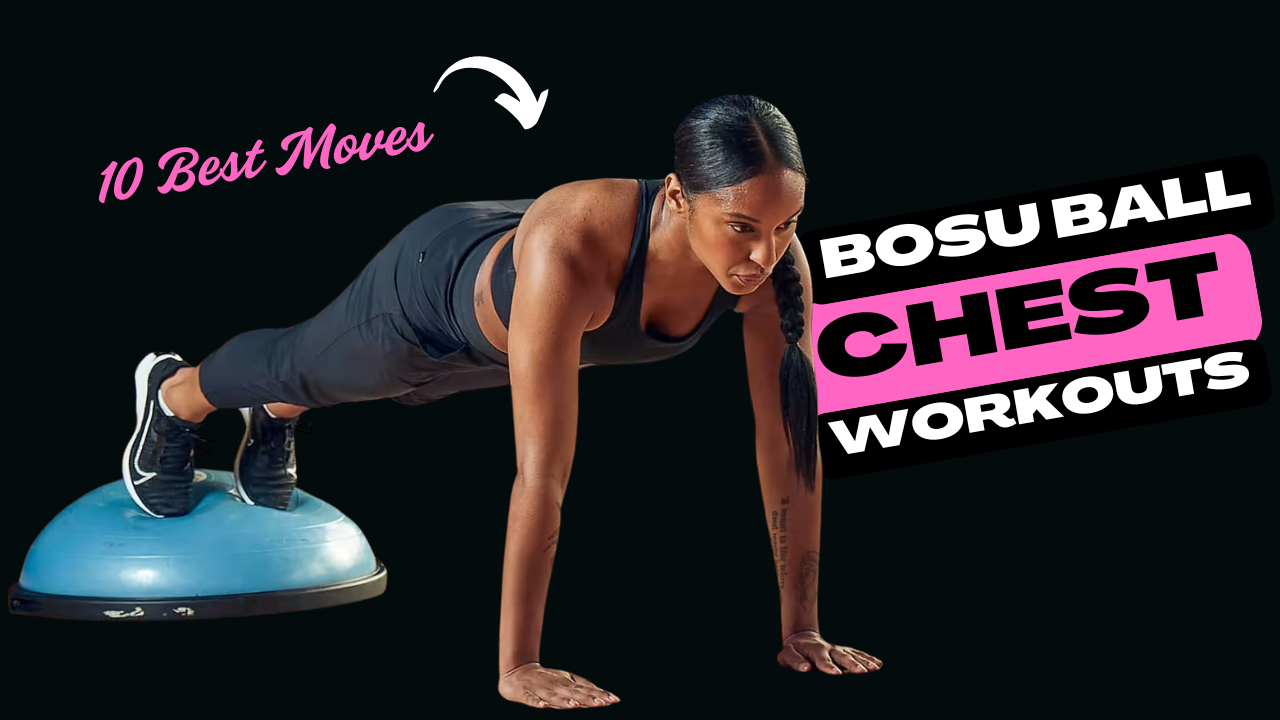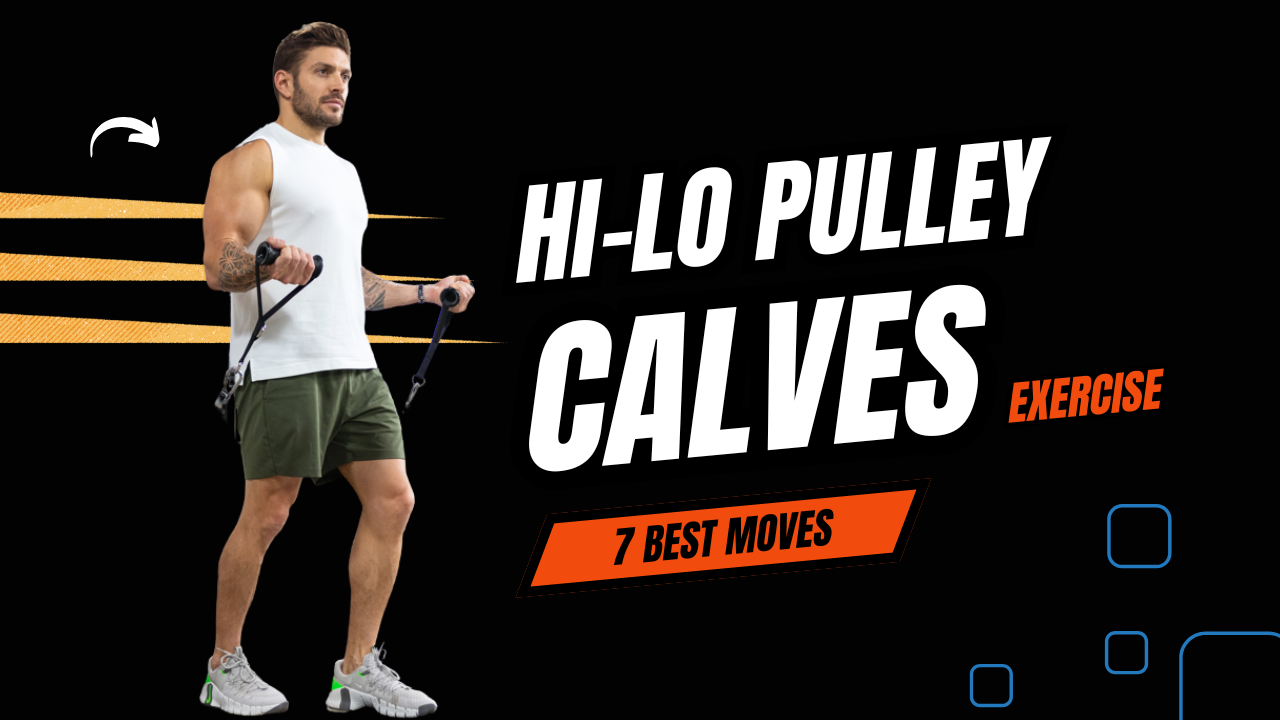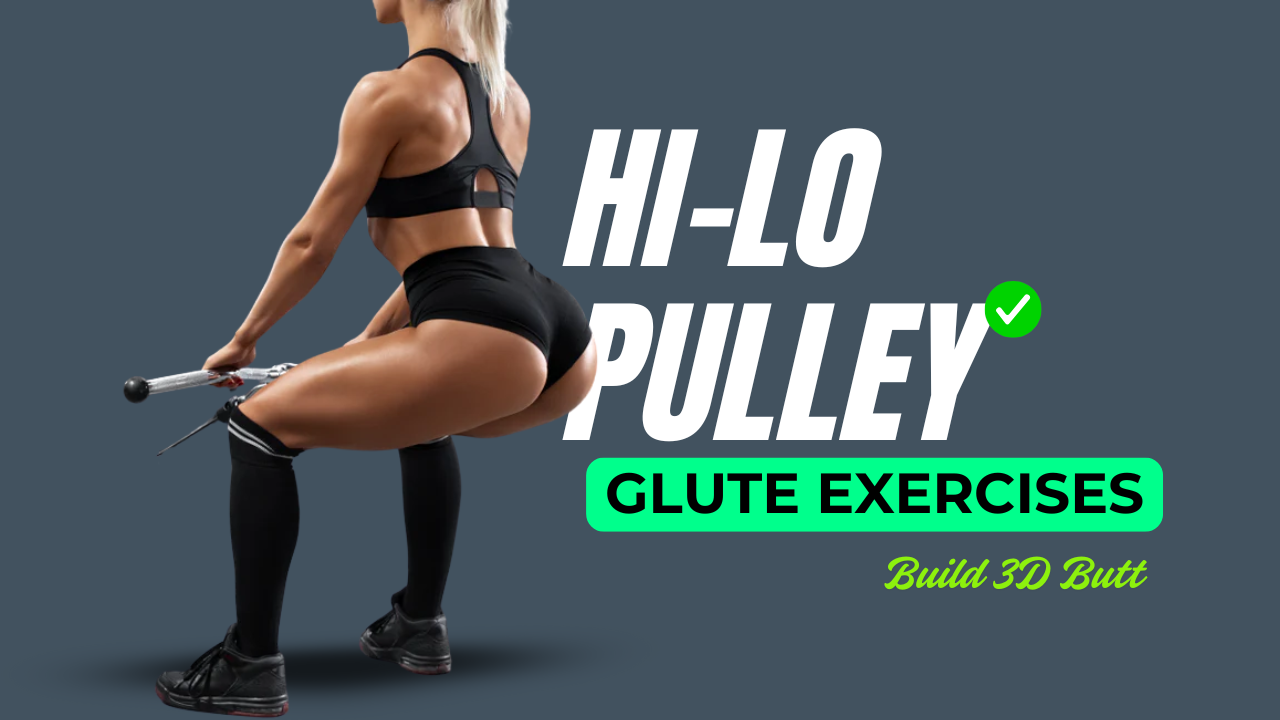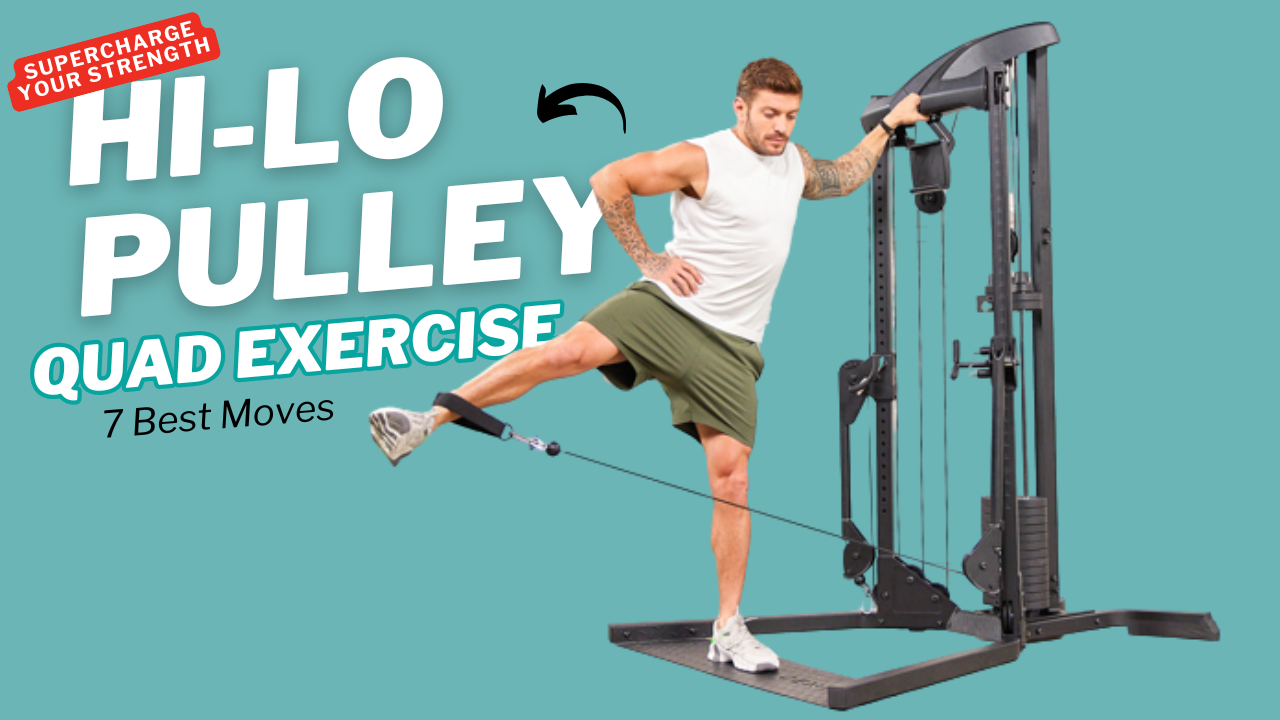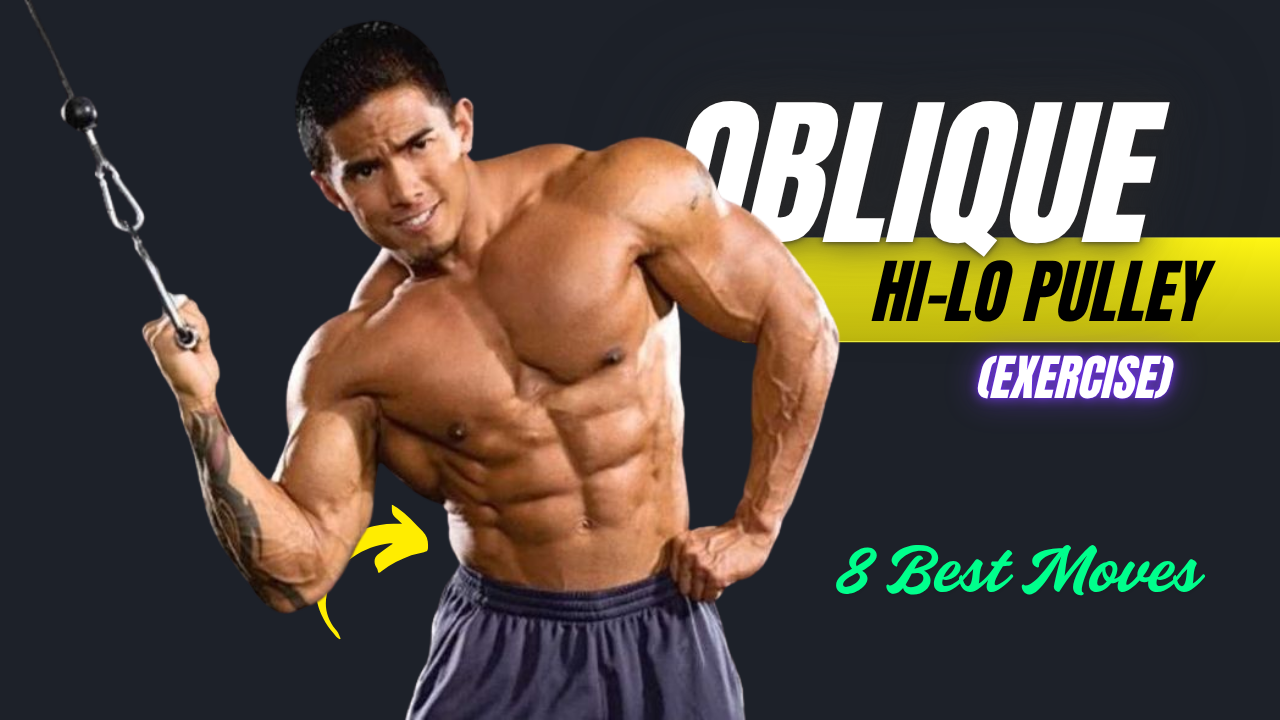Want Hamstrings That Power Every Move You Make?
Whether you’re chasing athletic power, preventing injury, or just aiming for sculpted legs, your hamstrings are the unsung heroes of lower body strength.
Yet, most people either neglect them or train them incorrectly. Enter kettlebells — the dynamic tool that unlocks both muscle engagement and functional strength.
Unlike machines or isolation-only movements, kettlebell exercises build real-world hamstring power through fluid, compound motion.
Did you know? Weak hamstrings are one of the top causes of lower back pain and knee issues — especially in people who sit for long hours!
Let’s dive into 10 kettlebell exercises that are not only effective but also easy to include in your routine.
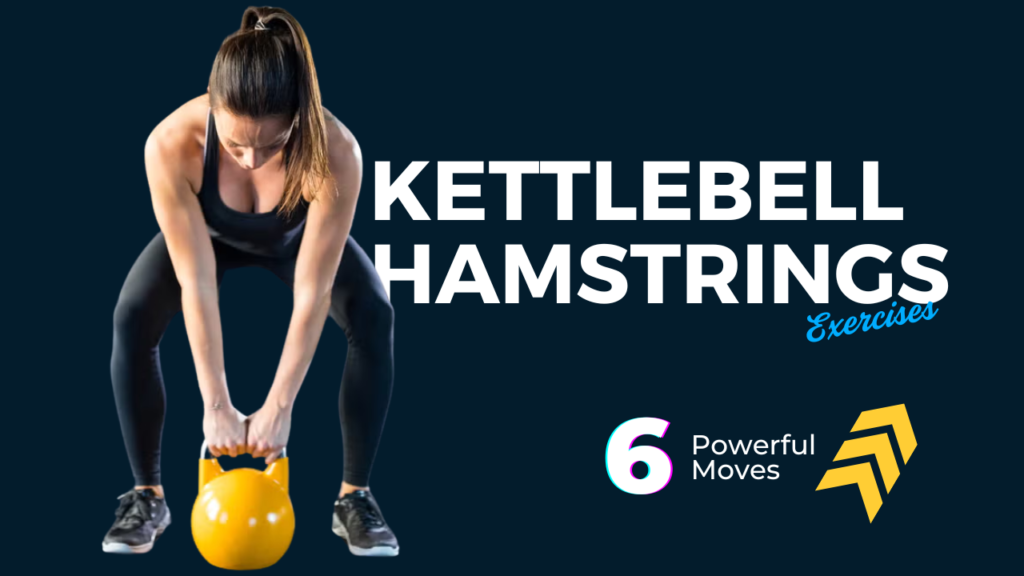
Table of Contents
What Happens After 30 Days of Kettlebell Hamstring Training?
| Changes You May Notice | Explanation / Benefit |
|---|---|
| Improved Hamstring Strength | Enhanced muscle power and stability in the back of your thighs |
| Better Posture | Stronger posterior chain supports upright, pain-free posture |
| Reduced Lower Back Discomfort | Balanced hamstring-glute strength relieves pressure from the spine |
| Increased Flexibility & Mobility | Dynamic kettlebell movements stretch and activate tight hamstrings |
| Enhanced Athletic Performance | Better sprint speed, jumping ability, and agility |
| Tighter & More Toned Legs | Visible muscle definition due to fat loss and muscle gain |
| Boosted Glute-Hamstring Connection | Improved mind-muscle connection and control |
| Greater Core Stability | Many movements challenge and improve core engagement |
| More Functional Strength in Daily Life | Tasks like bending, lifting, and walking become easier and safer |
| Higher Energy & Endurance Levels | Compound kettlebell exercises boost overall stamina |
Also Read: 13 Barbell Bicep Workouts to Add Size, Power & Peak
Do’s and Don’ts of Kettlebell Hamstring Training
| Do’s | Don’ts |
|---|---|
| Warm up properly before starting any kettlebell session | Don’t rush into heavy weights without mastering form |
| Focus on hip hinge movement, not squatting | Don’t bend from the back — it increases injury risk |
| Start with lighter weights to perfect technique | Don’t choose a kettlebell that’s too heavy to control |
| Keep your core engaged throughout each movement | Don’t let your back round or arch excessively |
| Use a mirror or trainer to check your form regularly | Don’t rely solely on feel — poor form can go unnoticed |
| Include both bilateral and single-leg variations | Don’t do only one type of exercise every session |
| Rest 48 hours between intense hamstring workouts | Don’t overtrain the hamstrings without allowing recovery |
| Breathe out on the exertion phase (e.g., standing up) | Don’t hold your breath during exercises — it limits performance |
| Gradually increase resistance over weeks | Don’t jump weight levels too quickly |
| Stretch and cool down after training | Don’t skip recovery work — it leads to tightness and soreness |
1. Kettlebell Romanian Deadlift (RDL)
Primary Focus: Hamstrings, Glutes
How to Do It:
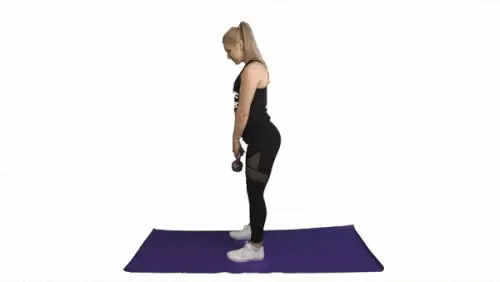
- Stand tall, holding the kettlebell with both hands in front of your thighs.
- Slightly bend your knees and hinge at the hips to lower the kettlebell toward the ground.
- Keep your back flat and feel the stretch in your hamstrings.
- Drive through your heels to return to standing.
Why It Works: This is a staple for hamstring hypertrophy and posterior chain strength, mimicking the motion of bending and lifting in daily life.
Also Read: Sculpt a Bigger Chest: 12 Barbell Exercises for Explosive Growth
2. Single-Leg Kettlebell Deadlift
Primary Focus: Hamstrings, Glute Stability
How to Do It:
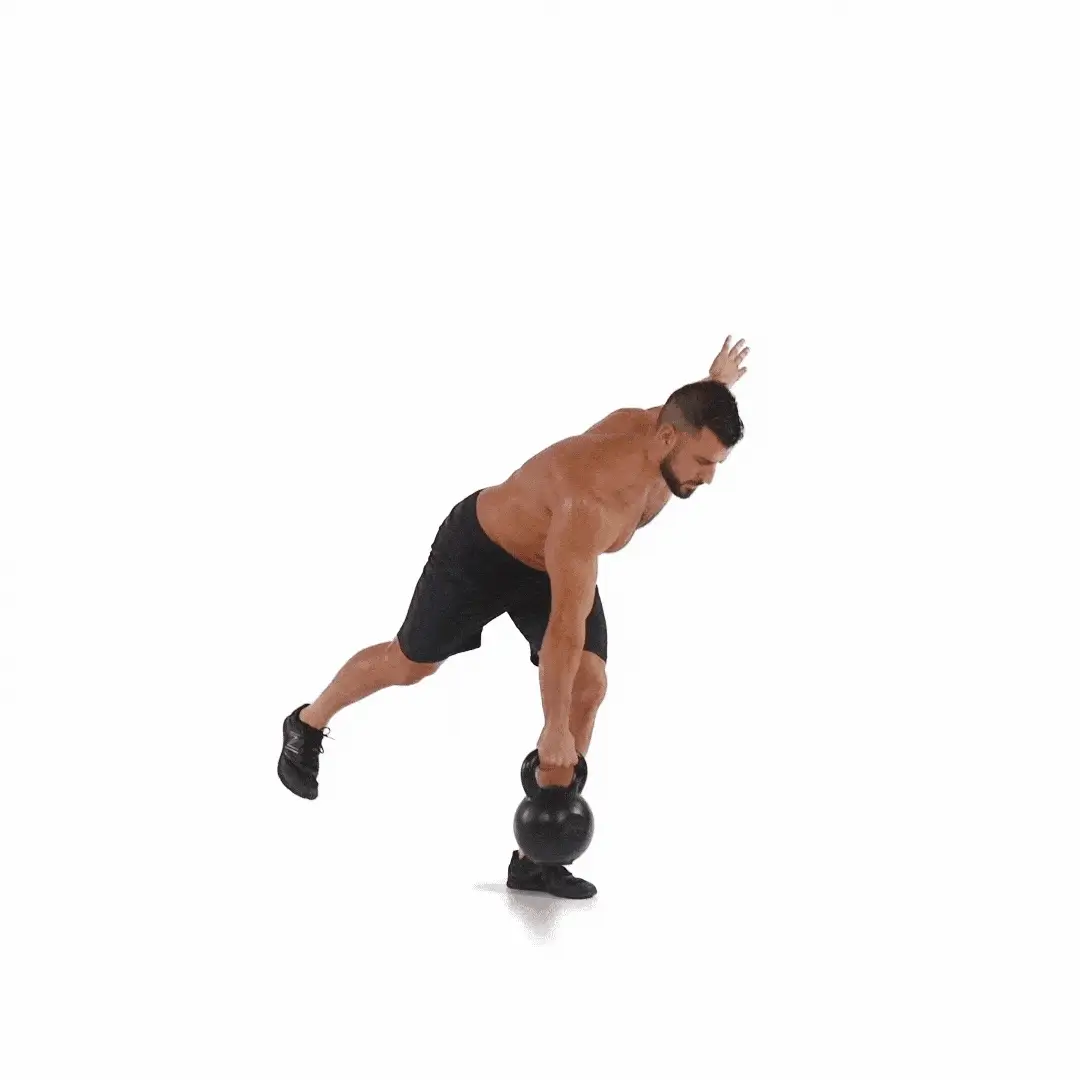
- Hold a kettlebell in one hand and shift your weight onto the opposite leg.
- Hinge at the hips, extending the free leg behind you for balance.
- Keep your back flat and lower the kettlebell down your standing leg.
- Return slowly to standing.
Fun Fact: This movement also works your core and ankle stabilizers — making it a great multi-tasker.
3. Kettlebell Swing
Primary Focus: Hamstrings, Glutes, Core
How to Do It:
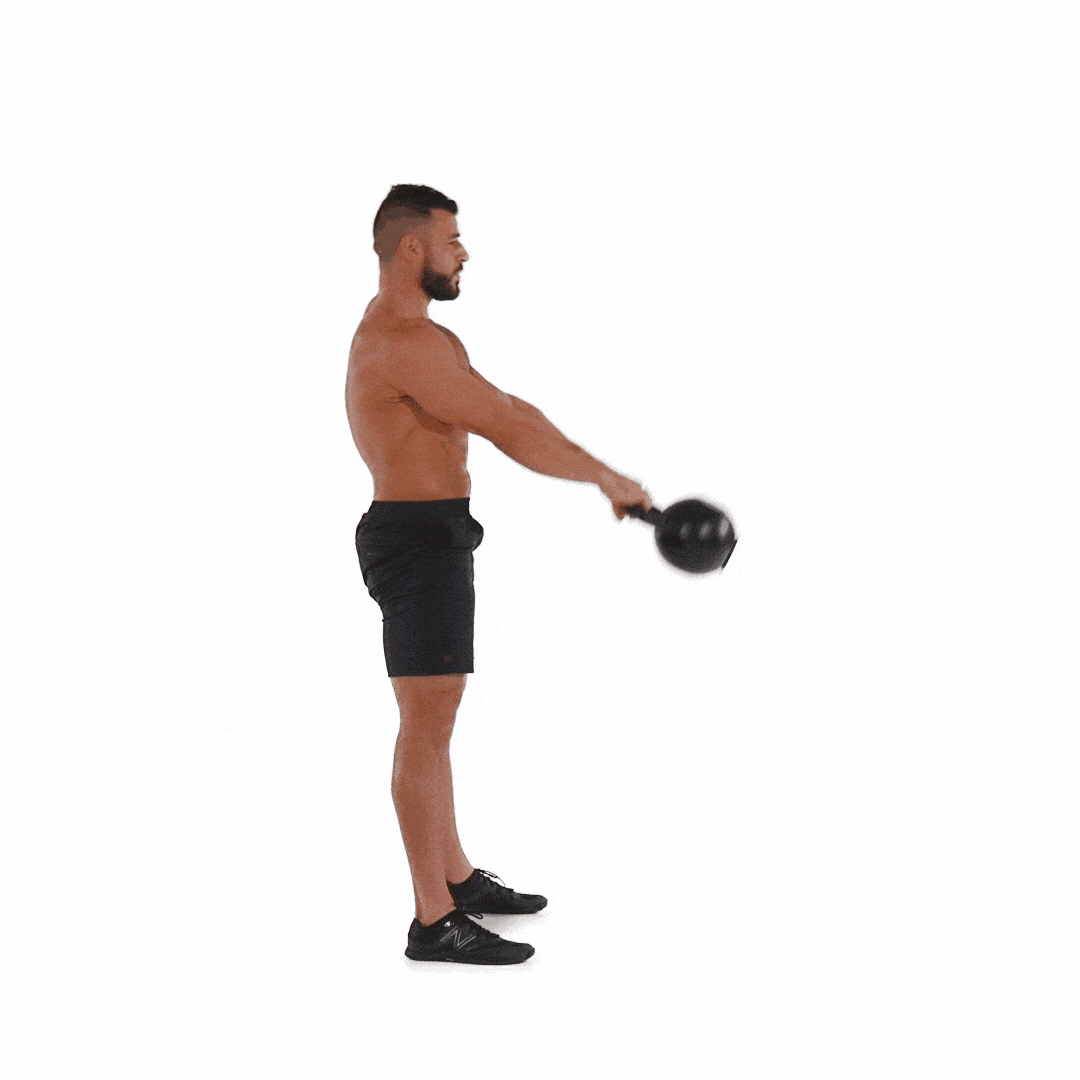
- With feet shoulder-width apart, swing the kettlebell between your legs.
- Thrust your hips forward, letting the kettlebell swing up to chest height.
- Control the swing with your hips — not your arms.
Why It Works: Explosive and cardio-boosting, this move strengthens your hamstrings while enhancing athletic power and endurance.
4. Kettlebell Good Morning
Primary Focus: Hamstrings, Lower Back
How to Do It:
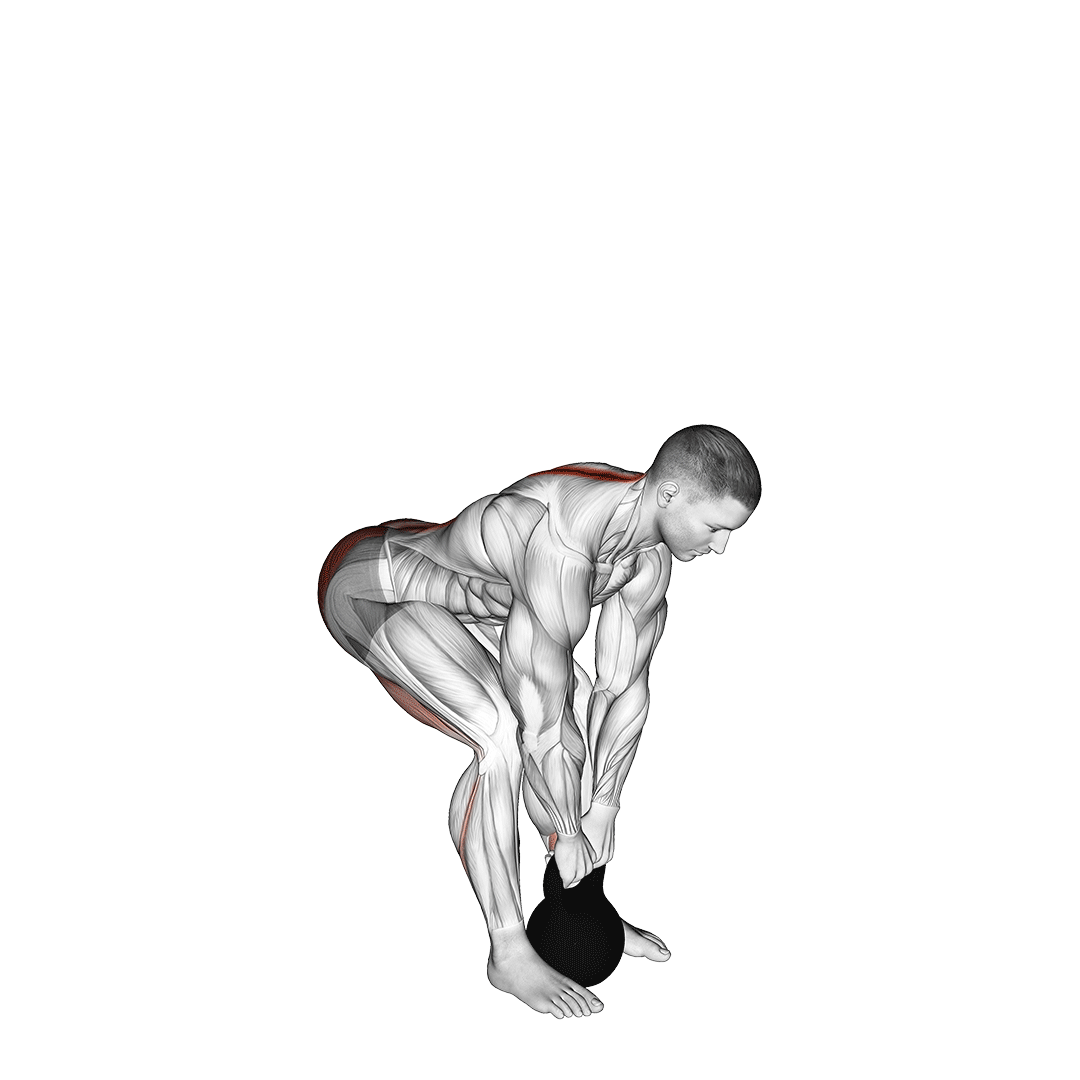
- Place the kettlebell behind your neck, holding it securely.
- With a slight knee bend, hinge forward from the hips until your torso is nearly parallel to the ground.
- Push through your heels to return to standing.
Tip: Focus on control over speed to deeply activate the hamstrings.
Also Read: 13 Best Dumbbell Hamstring Exercises for Stronger, Leaner Legs
5. Kettlebell Suitcase Deadlift
Primary Focus: Hamstrings, Core Stabilization
How to Do It:
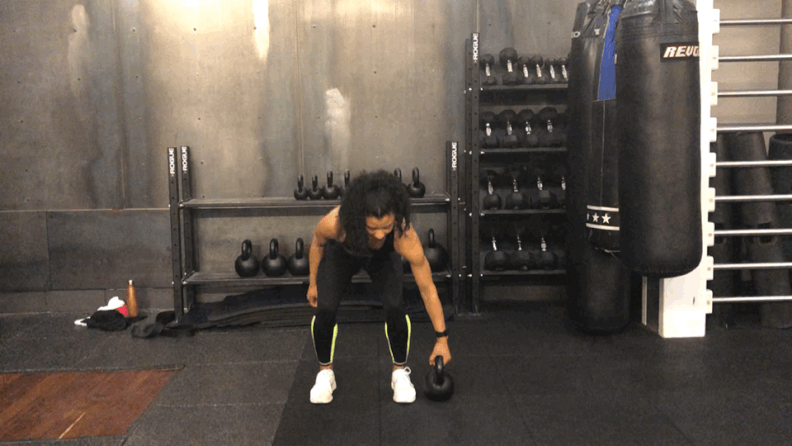
- Place a kettlebell on one side of your body.
- Stand tall and reach down with one hand to lift the kettlebell using a deadlift motion.
- Keep your torso square and your back neutral.
- Stand up, pause, and lower back down.
Myth Buster: Lifting weight on one side doesn’t make you uneven — it strengthens your obliques and corrects muscle imbalances!
6. Kettlebell Step-Through Lunge
Primary Focus: Hamstrings, Glutes, Balance
How to Do It:
- Hold a kettlebell at chest height.
- Step one foot back into a reverse lunge.
- From there, swing it through into a forward lunge on the same leg.
- Return to starting position and repeat.
Why It Works: Combines movement patterns to hit your hamstrings from different angles and improves coordination.
7. Kettlebell Dead Clean
Primary Focus: Hamstrings, Glutes, Upper Back
How to Do It:
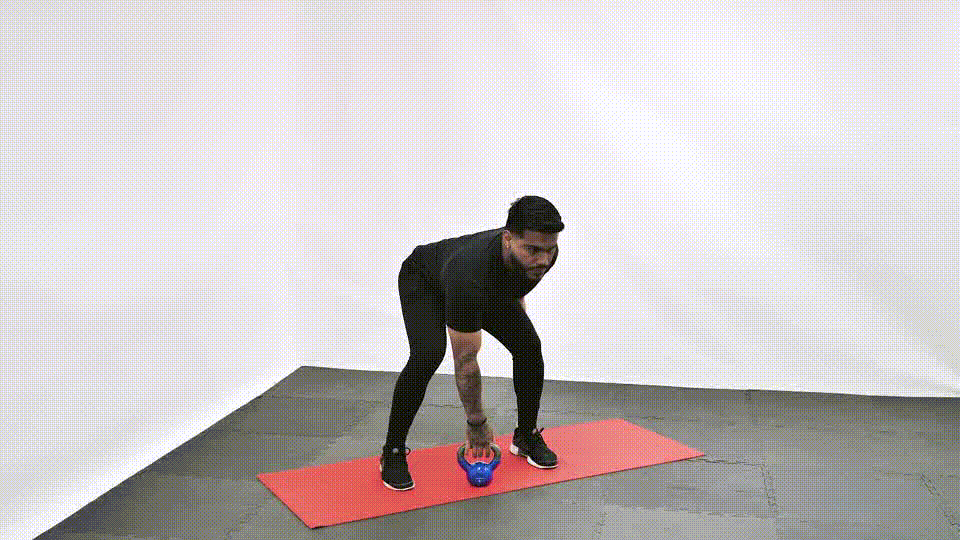
- Start with the kettlebell between your feet.
- Hinge down, grip the kettlebell, and powerfully pull it up while flipping it into the rack position (elbow close to rib).
- Lower it down with control.
Pro Tip: Use this as a progression toward more explosive lifts like snatches or cleans.
Also Read: 12 Oblique-Toning Dumbbell Exercises That Carve Your Side Abs Fast
8. Kettlebell Kickstand Deadlift
Primary Focus: Hamstrings (Emphasis on One Leg)
How to Do It:

- Place one foot slightly back like a “kickstand.”
- Hold the kettlebell with both hands or on the working side.
- Hinge at the hips, lowering the kettlebell down the front leg.
- Push through the front heel to stand up.
Why It Works: Targets hamstrings intensely while offering more stability than single-leg deadlifts.
9. Kettlebell Sumo Deadlift
Primary Focus: Inner Hamstrings, Glutes
How to Do It:
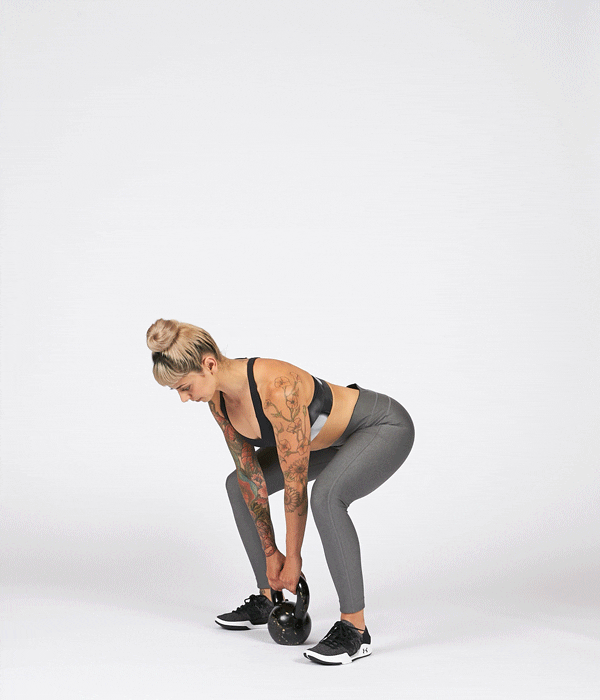
- Stand wide with toes turned out.
- Hold the kettlebell with both hands between your legs.
- Push your hips back and lower down with a straight back.
- Drive up through your heels and squeeze your glutes at the top.
Do You Know? Sumo stance activates different parts of your hamstrings and reduces strain on the lower back.
10. Kettlebell Swing to Deadlift Combo
Primary Focus: Explosive & Isolated Hamstring Work
How to Do It:

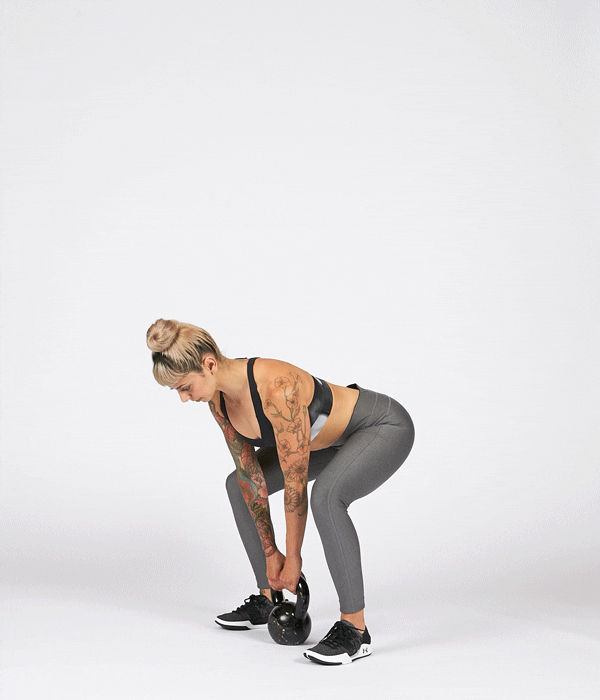
- Do one kettlebell swing.
- Pause and perform a slow, controlled RDL.
- Repeat the sequence for reps.
Why It Works: This combination taps both fast-twitch and slow-twitch muscle fibers in your hamstrings — improving power and endurance together.
Also Read: From Average to Alpha: 14 Dumbbell Workouts for Bigger Biceps
Final Thoughts:
Kettlebells aren’t just for full-body cardio circuits — they’re a powerful tool for sculpting and strengthening your hamstrings.
These 10 exercises bring variety, challenge, and functional movement to your training. Integrate them into your weekly lower-body sessions and feel the difference in your posture, strength, and performance.
Remember: Strong hamstrings are happy hamstrings — and they’ll thank you with fewer injuries and more gains!
Frequently Asked Questions (FAQs)
Are kettlebell exercises effective for hamstring development?
Absolutely. Kettlebell exercises, especially hinging and deadlift-based movements, target the hamstrings dynamically and functionally. They help improve strength, flexibility, and endurance while promoting better posture and injury prevention.
How many times a week should I do kettlebell hamstring exercises?
2–3 times per week is ideal for balanced hamstring development. Ensure you allow rest and recovery between sessions to avoid overtraining and promote muscle growth.
Can beginners perform kettlebell hamstring exercises?
Yes, beginners can start with basic moves like kettlebell Romanian deadlifts and kettlebell swings, using a lighter weight to learn proper form. Gradually progress to advanced variations as your strength and confidence improve.
Which kettlebell weight is best for hamstring exercises?
A good starting point is 8–12 kg (18–26 lbs) for beginners and 12–20 kg (26–44 lbs) for intermediates. Always choose a weight that challenges you without compromising form.
Do kettlebell swings really work the hamstrings or just the glutes?
Kettlebell swings primarily target the posterior chain — that includes hamstrings, glutes, and lower back. While glutes do most of the hip thrusting, the hamstrings play a crucial role in deceleration and stability during each swing.
Can kettlebell hamstring exercises help reduce knee pain?
Yes, strengthening the hamstrings with kettlebells can help reduce knee pain by improving joint stability and correcting muscular imbalances, especially if your quads are dominant.
Are kettlebell exercises safe for people with tight hamstrings?
Yes — but start gently. Movements like Romanian deadlifts can actually improve flexibility over time when done with controlled form and proper warm-up.
Do I need a gym to perform kettlebell hamstring exercises?
Not at all. Kettlebell training is perfect for home workouts. All you need is a small space, proper flooring, and a kettlebell. Optional: A mirror to check your form.
Can kettlebell exercises build muscle or just tone the hamstrings?
They can absolutely build muscle. When performed with progressive overload (heavier weights or more volume), kettlebell exercises can increase hamstring size, not just tone or definition.
